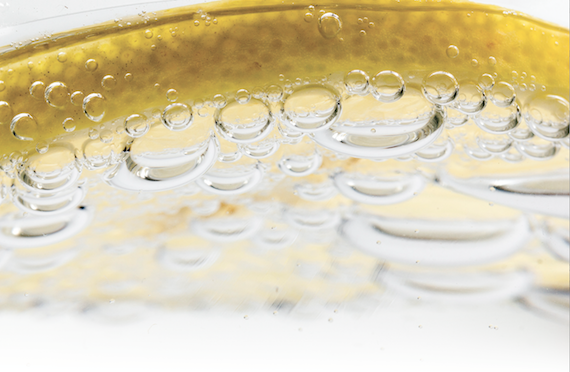Some say the gun dispenser is a barrier to tonic’s success, whereas others say it’s just a case of ti me and education. Right now, US tonic sales are on the increase.
me and education. Right now, US tonic sales are on the increase.
“The US market continues to grow strongly and of course the very nature of the scale of the market suggests huge potential,” says John Moreira, Fever-Tree international director.
Since it first appeared on the tonic market in 2005, Fever-Tree has fizzed up the category and its share price has more than doubled. “We have played a huge part in reinvigorating the category for both consumers and the trade,” Moreira says – and it’s hard to disagree. When the premium tonic – today available in 150 markets – had the London stock market aflutter last November, co-founder Tim Warillow said the brand was “doing well in Europe and finding its feet in the US”. It’s certainly done that, reporting 69% growth in US sales in the first six months of 2015.
“Tonic has demonstrated strong growth to date,” the international director says. “Naturally we expect tonic to continue to grow as the fundamental trends of premiumisation and mixability develop.”
The company’s recent deal to supply its tonic water in aluminium cans on British Airways flights will only increase its appeal and audience as it hopes to capitalise on the 2.2m G&Ts served on board BA flights last year.
The US tonic market is not just a sweet spot for Fever-Tree, as the category has reported growth for the past five years. Last year sales of tonic water in the US increased in volume and value in the off-trade by 8% and 9% respectively, according to Euromonitor International.
“The US tonic market continues to display strong growth,” says Fentimans marketing manager Andrew Jackson. “There are more natural mixers than there ever have been before.” According to Jackson, the most predominately used tonics in the natural, premium realm are Fentimans, Fever-Tree and Q.
“Middle America is still pretty cost conscious and uses the traditional tonic on a gun. Most bars using premium tonic have it on the menu yet serve it from behind the bar,” Jackson says
Like the majority of premium spirits brands, Fever-Tree has focused its launch on the coasts in the US. Moreira says: “We have actively targeted those consumers who demand – and deserve – better tasting mixed drinks”.
“The structure of the US market is similar to much of the world in that it is dominated by mainstream mixers and the dreaded gun dispenser in the on-trade. This despite genuine consumer demand and brand call for premium spirits and a fantastic quality of bars,” Moreira says.
The targeted approach appears to be working. He adds: “Encouragingly, as our message has spread we have secured distribution across the country, with all states in growth.”
Sam Chandler, international brand manager for Greenall’s Gin, says keeping consumers interested is the biggest challenge in the tonic category.



